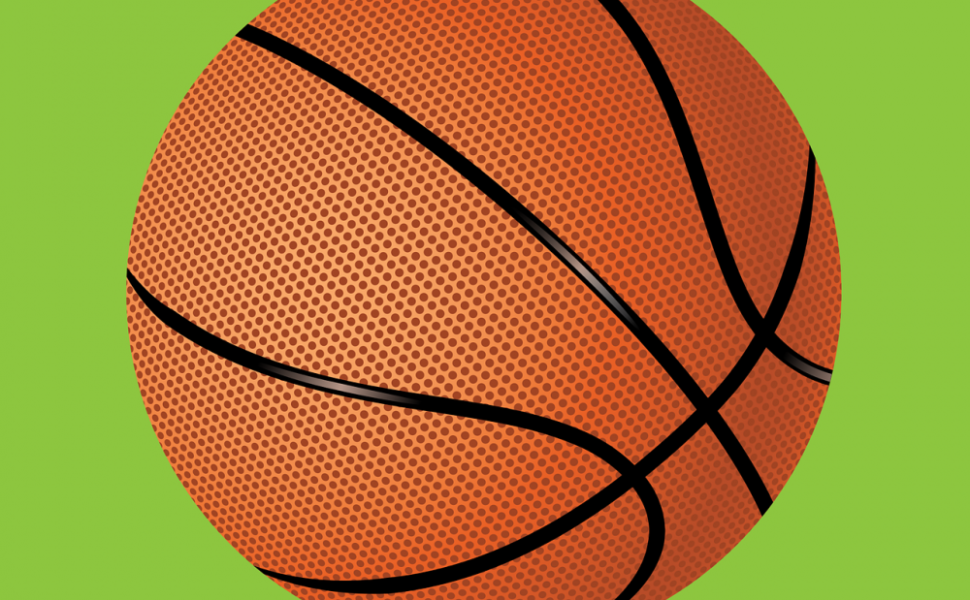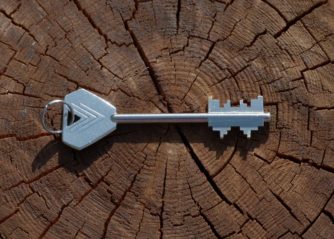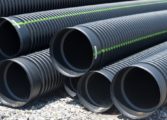Basketball Ball: The Ultimate Guide for Basketball Enthusiasts

Introduction
The basketball ball is an essential equipment in the sport of basketball. It is a spherical ball used to play the game, and its design and construction have a significant impact on the game’s dynamics. In this comprehensive guide, we will delve into the details of the basketball ball, including its types, popularity, quantitative measurements, differences between various balls, and a historical overview of the pros and cons associated with different basketball balls.
1. Overview of the Basketball Ball

The basketball ball is typically made of synthetic leather or rubber. It has a circumference of 29.5-30 inches (diameter of 9.37-9.55 inches) and weighs about 22 ounces. The ball consists of an outer cover, an inner bladder, and various layers of materials that provide durability, grip, and bounce.
2. Types of Basketball Balls
There are several types of basketball balls available in the market. The most common ones include indoor balls, outdoor balls, and composite balls. Each type is designed to meet specific requirements and playing conditions. Indoor balls are made of premium materials and offer superior grip and control. Outdoor balls are more durable, with a tougher cover to withstand rough surfaces. Composite balls are made of a combination of materials, often featuring a synthetic leather cover for enhanced grip and durability.
Popular basketball ball brands include Spalding, Wilson, and Nike, each offering a range of high-quality balls designed for different playing environments.
3. Quantitative Measurements of Basketball Balls
The bounce, grip, and weight of a basketball ball are crucial quantitative measurements. The ball’s bounce should be consistent, allowing players to make accurate shots and passes. The grip ensures better handling and control, especially during dribbling. The weight affects a player’s ability to shoot and maneuver the ball effectively.
4. Differences between Basketball Balls
Basketball balls differ in terms of their construction, materials, and design, which directly affect their performance. Differences may include the quality of the outer cover, the design of the seams, and the texture of the ball. Some balls may have deeper channels or pebbled surfaces to enhance grip, while others may have a smoother feel for easier shooting.
Additionally, variations in the ball’s weight and bounce can influence the game. Some balls are specifically designed to promote high-scoring, fast-paced games, while others may favor a more controlled style of play.
5. Historical Overview of Basketball Ball Advantages and Disadvantages
Throughout the history of basketball, various types of basketball balls have been used, each with its own advantages and disadvantages. Older leather balls provided a unique feel and grip but had a tendency to become heavy and slippery when wet. Rubber balls were introduced to address these issues, offering better durability and performance.
Advancements in ball technology, such as the introduction of synthetic materials and advanced manufacturing techniques, have led to improved consistency, grip, and overall performance of basketball balls. Modern basketballs are designed to meet the requirements of professional leagues and recreational players alike, ensuring an optimal playing experience.
Conclusion
The basketball ball plays a vital role in the game, affecting player performance, control, and overall experience. With a variety of types and brands available, players can choose a basketball ball that suits their playing style and environment. Understanding the quantitative measurements and historical evolution of basketball balls empowers players to make informed decisions when selecting the perfect ball for their game.
By providing a comprehensive overview of the basketball ball, its types, quantitative measurements, differences, and historical pros and cons, this guide equips basketball enthusiasts with the knowledge they need to make the most out of their game. Whether playing indoors or outdoors, with friends or on a professional court, a well-chosen basketball ball can elevate the experience and bring the game to life.
















































